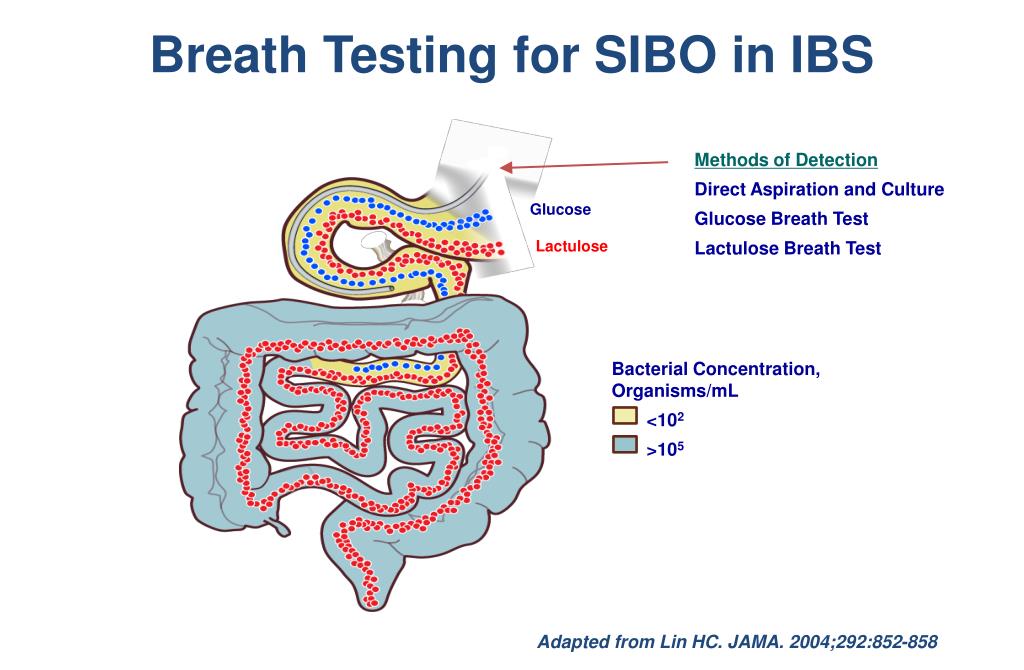

Small intestinal bacterial overgrowth (SIBO) is characterized by the presence of an abnormal amount of bacteria in the small intestine together with a constellation of GI symptoms. Bacterial concentrations increase progressively along the small intestine ( 4,5). Culture-independent methods, such as next-generation sequencing, show low concentration of distinct bacterial populations in the duodenum of healthy individuals, in contrast with bacterial populations that inhabit the mouth ( 3). The adult gastrointestinal (GI) tract has the largest microbial population in the human body ( 1) the predominant site is the colon, containing 38 trillion bacteria ( 2). Through improved awareness and scientific rigor, the SIBO landscape is poised for transformation. However, 15 studies have shown rifaximin, a nonsystemic antibiotic, to be effective against SIBO and well tolerated. Limited numbers of controlled studies have shown systemic antibiotics (norfloxacin and metronidazole) to be efficacious. Treatment, usually with antibiotics, aims to provide symptom relief through eradication of bacteria in the small intestine. Glucose or lactulose breath testing is noninvasive but an indirect method that requires further standardization and validation for SIBO. Small bowel aspirate/culture with growth of 10 3–10 5 cfu/mL is generally accepted as the “best diagnostic method,” but it is invasive. Predisposing factors include proton-pump inhibitors, opioids, gastric bypass, colectomy, and dysmotility.

Although abdominal bloating, gas, distension, and diarrhea are common symptoms, they do not predict positive diagnosis. Its prevalence is unknown because SIBO requires diagnostic testing. Small intestinal bacterial overgrowth (SIBO) is a common, yet underrecognized, problem.


 0 kommentar(er)
0 kommentar(er)
